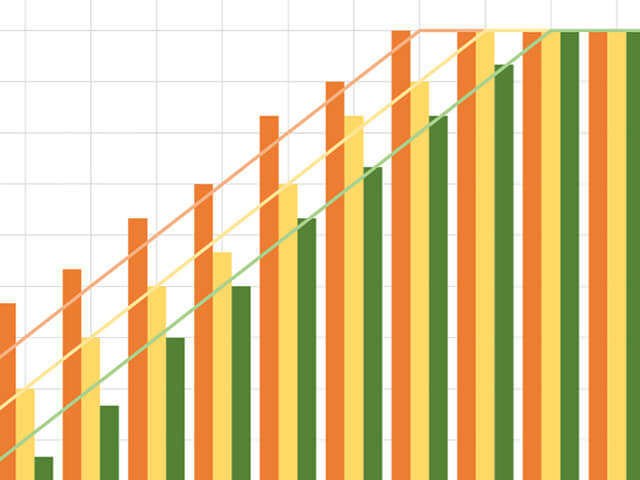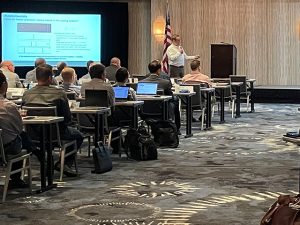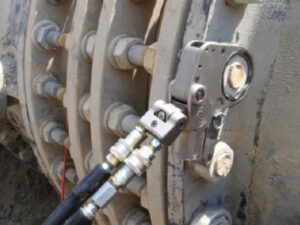
Leveraging EP-7-3-3 Series for Equipment Repairs
The need for post-construction equipment repairs and maintenance best practices has led to ASME PCC-1 and PCC-2 standards becoming valuable resources for many owner-operators, yet these standards inherently maintain a level of generality. In this article, Derek and Neal will explain how the Equity Engineering Practices (EEPs), specifically EP 7-3-3, address the gaps and provide the extra context, details, and guidance to provide more comprehensive solutions for post-construction equipment repairs.













